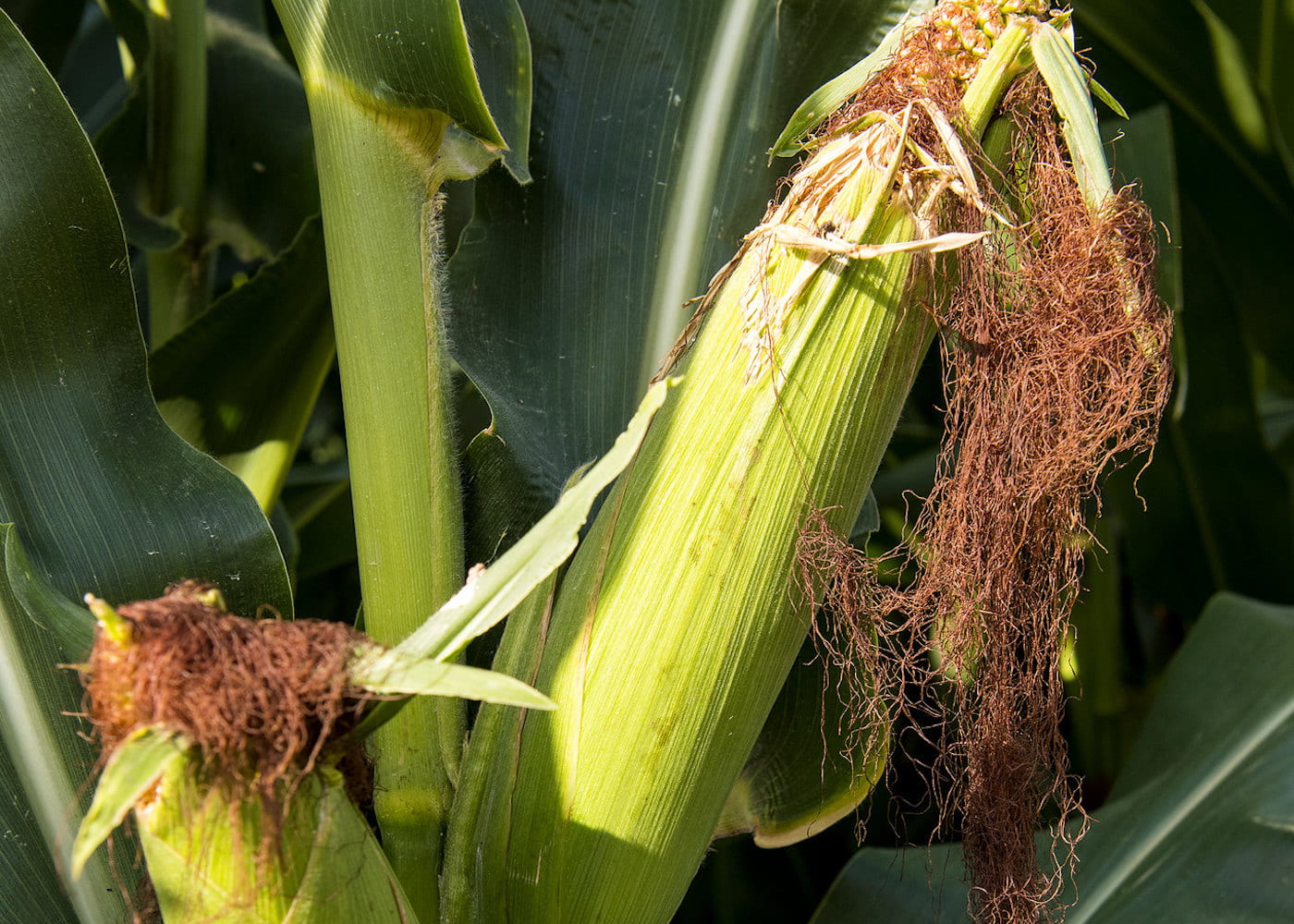Helping Turfgrass Stay Greener, Healthier for Longer

Bermudagrass, a commonly used turfgrass that covers lawns, sports fields and golf courses across a wide area of the country, can become damaged by cold weather. Researchers currently based in six states investigated how soil fertility, mowing height and soil moisture can help minimize this injury. The researchers found that raising the mowing height, applying nitrogen fertilizer in the fall and maintaining adequate soil moisture in the lead-up to a short-term freeze event, such as a spring-time cold snap, help preserve the health and color of bermudagrass.
The Problem
Winter injury is one of the greatest threats to hybrid bermudagrass, which is susceptible to cold-weather damage in the transition zone, where warm and cool climates meet. The transition zone includes a band from Maryland and Virginia on the East Coast to Arkansas, parts of Missouri and Oklahoma, to California on the West Coast.
The Work
At three locations, using fairway-height bermudagrass of golf courses, plots were mowed at lengths between 0.5 inches and 1 inch, and plots were fertilized at varying times of year for comparison. Fields were then rated in the spring for quality and visual percent green cover. Researchers also performed several experiments using freeze chambers to mimic winter weather conditions to determine the relationship between soil water content and level of cold-weather injury.
The Results
The team identified three management guidelines for protecting turfgrass: raising mowing height, applying nitrogen fertilizer in the fall and ensuring adequate soil moisture before short-term freezes. Researchers found mowing at 0.75 inches was an optimal height for avoiding the weeds that can grow frequently with mowing at lower heights and the slower spring green that can come from higher heights.
The team also found that contrary to the commonly held belief about avoiding late-summer fertilizer applications, adding slow-release nitrogen to hybrid bermudagrass through mid-September had either no impact, or in some cases, a positive impact on the quality and color of turfgrass.
Finally, the team found a positive correlation between soil moisture and turf survival before short-term freezes.
The Value
Though the team examined golf courses in their studies, their practices can be applied universally, reaching sod producers, sports field managers and homeowners. Since the team consisted of collaborators based in six states, the work was strengthened by the variety of testing sites it featured.
Read the Research
Improving winter survival of interspecific hybrid bermudagrass in the Mid-Atlantic region through cultural practices
Crop, Forage & Turfgrass Management
Volume 10, Issue 2 (2024)
https://doi.org/10.1002/cft2.20303
Supported in part by
Grants from the Old Dominion Golf Course Superintendents Association; the Virginia Golf Course Superintendents Association; the Eastern Shore Association of Golf Course Superintendents; the Mid-Atlantic Sports Turf Managers Association; the Virginia Turfgrass Foundation; the Mid-Atlantic Association of Golf Course Superintendents; and the Golf Course Superintendents Association of America’s Environmental Institute for Golf.
About the Researcher

Wendell Hutchens
Assistant Professor of Turfgrass Science
Ph.D. in Plant Pathology, Virginia Tech
M.S. in Plant Pathology, North Carolina State University
B.S. in Turfgrass Science, North Carolina State University
Other Collaborators
Hutchens began the project as a graduate student at Virginia Tech, working under his adviser David McCall, co-author of the study and associate professor of turfgrass pathology and precision management in Virginia Tech’s College of Agriculture and Life Sciences. Other co-authors included Joseph Doherty, former graduate student at the University of Maryland; Joseph Roberts, associate professor with Clemson University’s College of Agriculture, Forestry and Life Sciences; Eric DeBoer, assistant professor with the LSU AgCenter in Louisiana; Jordan Booth, senior director of the U.S. Golf Association’s course consulting service; and Michael Battaglia, graduate student at the University of Arkansas’ Dale Bumpers College of Agricultural, Food and Life Sciences.




